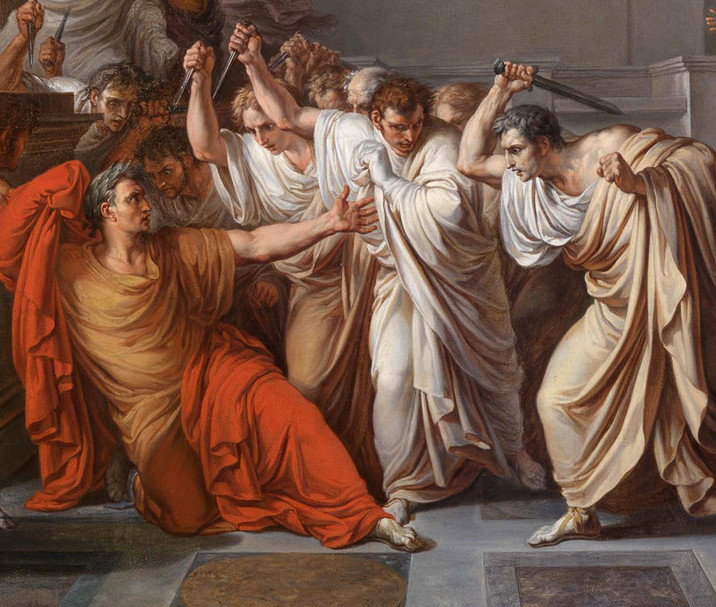Times change. Back in the day, a dictator was an entirely legitimate state of affairs; in an emergency the senate gave you full power for a limited term to get things done. It was Julius Caesar who upped the ante by wrangling the appointment dictator perpetuo. Not a great move; he was assassinated a month later.
Despot had a more modest start; it was the Greek word for master of the house. Much later the Byzantines picked it up; for a time it was used by emperors as a kind of “Prince of Wales” for sons and sons-in-law.
As 26 August is Women’s Equality Day in at least one republic – the US – it is worth turning the mind to the feminine side of things. While Scrabble permits “dictatress” and while even “dictatrix” can be found in the cloud, neither has common usage. Nor does there appear to be a title for the spouse of a male dictator. Perhaps the only comfort is the source noun dicio; it is feminine.
Despotism is different. The despoina was the lady of the house. While there couldn’t be a female despot – the Byzantine female could not be ennobled – the despot’s wife was the despotissa, although despotess is a good anglicized standby.
Catherine Zaccaria the Despotess of the Morea died on 26 August 1461; she was the great grandmother of Ivan the Terrible. And if we had to pick an archetypical despot in the modern sense, Ivan would be a good choice; the first Tzar of the Russias institutionalised the rule.
However, the modern word appears to have begun life as a descriptor used by opponents of the French sun king and famously pops up in the US Declaration of Independence in a somewhat tautological reference to the “absolute Despotism” of King George III. On 26 August 1789 the French wrested things back when the National Constituent Assembly approved the Declaration of the Rights of Man and of the Citizen; women don’t get a mention.
